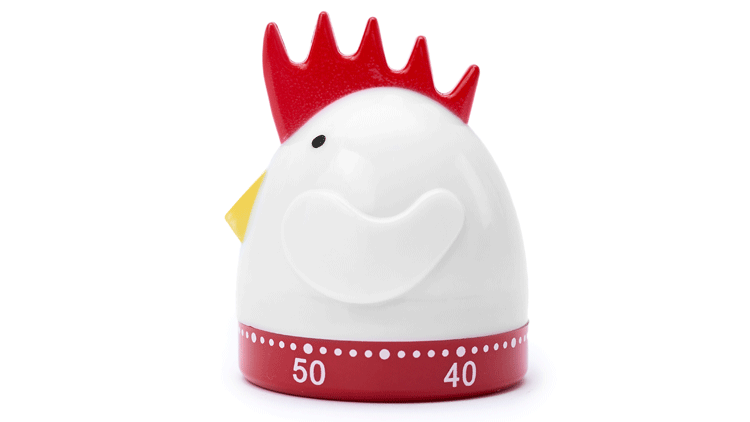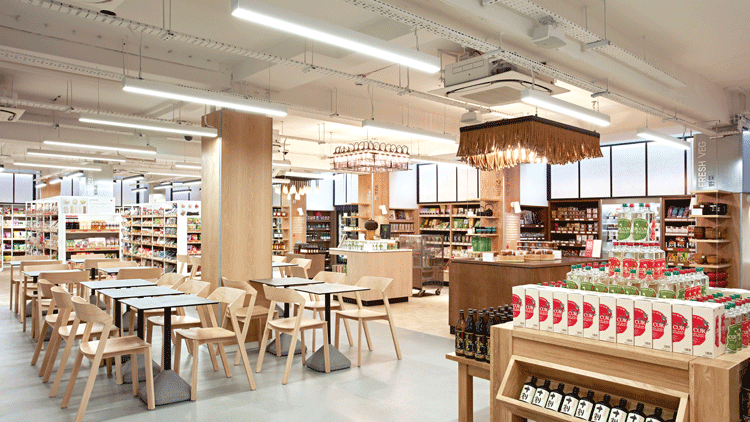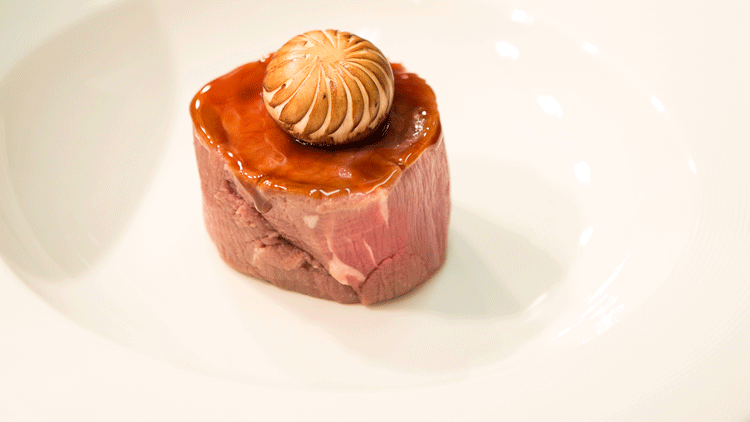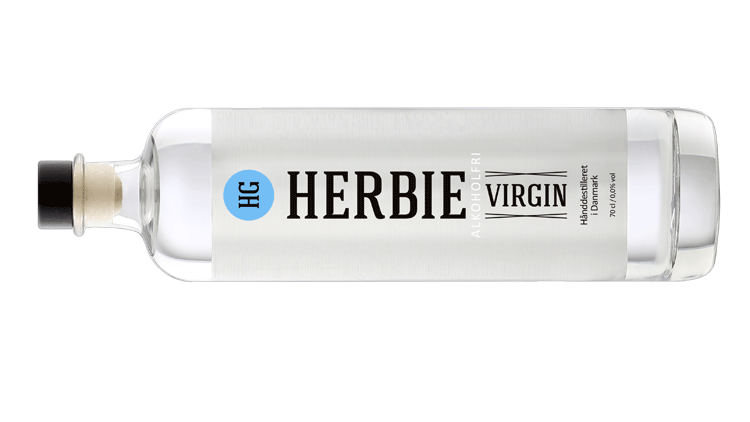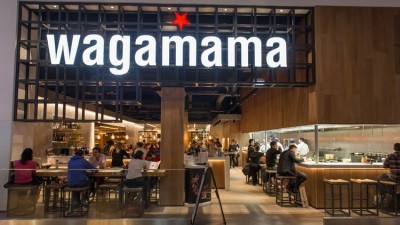Vegan junk food, micro-managed menus and a dozen other predictions for the restaurant world in 2018
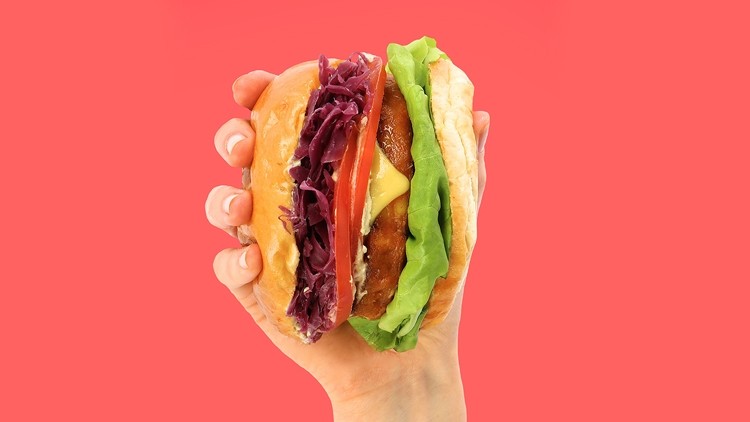
Vegan ‘junk’ food
2017 was undoubtedly the year veganism went mainstream, but throughout the coming 12 months expect to see plant-based restaurants letting their hair down a bit and embracing something not typically associated with veganism – ‘junk food’.
The market for the less virtuous side of vegan cuisine – burgers, fried ‘chicken’, pizzas, tacos and kebabs – exploded towards the end of last year, and the trend looks set to continue with many vegan ‘treat’ restaurants securing premises for early 2018.
These include US vegan import By Chloe, which is set to launch two restaurants in London this year; east London-based Temple of Hackney, which is expanding to Camden this month; and Brighton-based vegan pizzeria Purezza, which is also heading to Camden for its second site this year. Pop-up vegan burger brand Vurger Co will open its first permanent restaurant this year and the delightfully named Pure Filth, the ‘healthy food for hedonists’ vegetarian burger pop-up from Gizzi Erskine and Rosemary Ferguson, will also open a restaurant this year.
Express formats
Brands experimenting with more compact versions of existing concepts is nothing new but it rarely works out – Via Carluccio’s, Toby Carvery Express and TGI Fast Track being three recent examples that have been quietly shelved over the past few years. But could the rise of delivery and a new breed of fast-casual restaurant be set to change that?
Better burger player Five Guys certainly thinks so. It is opening two sites under a smaller format on west London high streets this year that will have a bigger focus on takeaway and delivery. Back of house will be of comparable size to a normal Five Guys but front of house will be smaller.
Tortilla, meanwhile, is hoping spaces of around 800sq ft will allow it to expand to residential and office-heavy areas beyond the high street. The burrito chain has already secured a site in Putney that is roughly half the size of a regular Tortilla.
It’s not just the national players either. Northern-based Canadian-style diner and coffee shop concept Moose will open a smaller Moose Express near Manchester Piccadilly station in March. There are plenty of other brands with menus well-suited to grab and go, and delivery – we’re looking at you Nando’s, Wagamama and Pho – and 2018 looks likely to be the year they grasp the opportunity.
Tick tock: More chains will create faster versions of concepts in 2018
Chinese casual dining... done properly
Much like the curry house, the family-run high street Chinese is in desperate need of a makeover. Yet nobody has ever really managed to create an affordable branded Chinese restaurant with mass appeal that builds on the traditional Chinese restaurant experience beloved by many in spite of the often second-rate food and ambiance.
A couple of restaurateurs have tried to use the cha chaan teng cafés of Hong Kong as a muse for an all-day Chinese but nobody has been particularly successful, largely because the source material is neither inspiring or familiar to British diners. What’s needed is a restaurant that serves tweaked Chinese restaurant staples alongside a few more adventurous dishes, much like Dishoom and a number of other new-wave Indian players.
The menu would be flexible, avoiding the large sharing dishes that make many Chinese restaurants only suitable for larger groups. There are a number of hurdles to clear, not least the complexity of the Chinese kitchen and the high levels of skills required to cook the cuisine properly.
Andrew Wong’s upcoming Madame Wong at Bloomberg Arcade looks to be at least partly taking on the challenge. The chef grew up within a typical Anglo-Chinese restaurant so understands the appeal of heavily Anglicised Chinese dishes (despite holding a Michelin star at his flagship restaurant A Wong, he’s not afraid to tackle the odd maligned Chinese restaurant dish, his sweet and sour chicken a case in point). But as the newer Indian players have proved in recent years, there is plenty of room for more in the space. A Chinese answer to Dishoom’s bacon naan roll? Yes please.
Micro-managed menus
Restaurants have slowly got wise to the fact that asking glibly ‘how was your meal?’ as they hand over the bill doesn’t arm them with the required information to make any necessary menu changes (they’ll often read what they really thought about it on TripAdvisor later).
But change is afoot. Food intelligence company Yumpingo has designed software that allows restaurants to get dish-by-dish customer feedback (they fill in a quick digital survey at the end of a meal) allowing them to make specific changes to dishes where required, as well as ditch the poorly rated ones. With the larger groups in particular having to up their games to stay relevant in an increasingly crowded market, regular menu modifications will become ever more commonplace.
Reimagined food courts
Once considered the last place any self-respecting food lover would go, and often found hidden away on the extremities of a shopping centre, the food court of today is unrecognisable from the 1980s model. Street food outfits like Street Feast have had a hand in this, as have more food-led retail developments such as Westfield, and this is now evolving into a new kind of communal dining scene akin to the modern hawker centres of Indonesia, Singapore, Malaysia and Hong Kong.
Eataly World, the ‘Disneyland of food’ opened in Bologna late last year, with more than 40 restaurants and bars, and rumours persist that a London version could open over here (latest reports suggest that it could open in Bishopsgate this year). Then there’s Old Spitalfields Market, which relaunched at the end of October this year, showcasing a modernised ‘The Kitchens’ space curated by Nuno Mendes’ creative organisation Ten Ten, and the new Japan Centre, which opened a new and improved store and food hall with a number of specialist food rooms and a food court serving Japanese classic dishes.
This year, the brand will open what is claimed to be Europe’s biggest Japanese food hall, Ichiba, inside Hammersmith’s Westfield. The 17,400sq ft store will include hot food stations for various styles of Japanese food, alongside kitchen essentials. Given the popularity of Indian food throughout 2017, and the hordes that queue for roti at Colindale’s Bang Bang Oriental Food Hall, could 2018 be the year of the Bombay-style food court?
Eataly: The 'Disneyland of food' will open in London later this year
Taiwanese fried chicken
If you thought the fried chicken bubble of the past few years had burst then think again, it’s merely floated to a new area – Taiwan. Taiwanese food is starting to gain ground in the capital thanks to the team behind Bao and its more upscale Soho restaurant XU, and in 2018 more versions of the country’s fried chicken will be cropping up on menus.
Taiwanese chicken restaurant Good Friend in Soho and Camden-based pop-up Mr Ji are leading the charge, the former serving popcorn chicken to which customers can add numerous seasonings, including cumin, seaweed, curry and cheese, the latter serving chicken ‘flatties’ with a choice of cayenne, ketchup, barbecue and curry powders to sprinkle on top.
Craft vodka
It would be churlish to suggest that gin in its myriad of expressions will be disappearing from the back bar this year, but it will have a rival in the form of another clear spirit: vodka. We’re not talking the mass-produced stuff that has been a mainstay of the market since boozing began, but more artisan options that are helping make vodka and tonic a genuine alternative to the G&T.
Craft brands such as Corbin (made from sweet potato), 44° North and Blue Ice (made from Idaho potatoes) are growing in the US while over here Our Vodka, a global vodka made by local partners in cities around the world, is making tracks. The London version of the wheat-based spirit is produced in Hackney and, like the others, comes in 375ml crown-topped bottles. With it comes Our Infusions, bags of botanicals that are infused in the vodka for 10 minutes, in citrus, bergamot, oak and juniper variations (the last ostensibly making gin).
Classic French cooking
‘Modern British cuisine’ – whatever that really means – has stolen the show over the past few years with chefs moving away from the sauce-heavy French cuisine they trained with and instead cooking lighter dishes with more home-grown produce.
But you can’t keep the French down and, this year, classic French dishes – hare royale, blanquette de veau, bouillabaisse, escargots – will be back on the menu. Old-school London establishments Otto’s and Le Gavroche have long been flying the Tricolore for top French cuisine in this country, and the recently revamped Club Gascon, Claude Bosi at Bibendum and Simon Bonwick’s newly starred The Crown, Burchetts Green, are also high on haute cuisine.
Add to the mix Bob Bob Cite, where a certain Eric Chavot will be rattling the pans, and Henry Harris’ long overdue return to the kitchens at Hero of Maida and other gastropubs, bringing his bourgeois French cooking style with him, and 2018 looks to be a magnifique year for French food.
Oui s'il vous plaît: Many restaurants will revisit the French classics in 2018
Port & tonic
Port may still be unhelpfully associated with Christmas but that’s set to change when the mercury rises this year. London’s new found obsession with Portuguese food and drink will see trendy restaurants of all shapes and sizes push this effervescent mainstay of Porto and Lisbon’s drinking scene. The fact that a properly made port & tonic has a lot of similarities with a decent G&T – loads of ice and aromatic garnishes including citrus and herbs – will help. While a higher ratio of booze to tonic is required (typically 1:2), white port is less expensive than gin so P&Ts are profitable, too.
Chatbots
‘Alexa, book me a table for 7.30pm on Friday’ is going to become an oft spoken sentence in living rooms across the country this year as Chatbot technology takes hold. Chatbots – essentially a piece of software powered by AI – create a bridge between a restaurant and its customers, allowing a restaurant to talk to people through apps to collect questions and complaints, and then respond accordingly.
Chatbots are already out there in the restaurant world – PizzaExpress uses a booking bot and OpenTable has joined forces with Amazon Echo to allow customers to make a booking ‘voice first’ – and we’re going to ‘hear’ more from them this year.
Rise of the machines: More and more robots will be taking restaurant bookings this year
Shrubs
We’re not talking foraging here, but the style of soft drink popular during America’s colonial era made with fruit and vinegar. We’ve been writing about the home-made versions a few – inevitably Hackney-based – restaurants have been creating over the past few years, but we’re tipping the drink to go from niche to mainstream this year. Bottled versions are now available, including the Nonsuch brand of carbonated drinks made from fruit juice, herbs and cyder vinegar. Flavours include Peach & Basil, Sour Cherry & Garden Mint, and Blackcurrant & Juniper. If kombucha was the drink of 2017, this year is all about shrubs.
Pimped porridge
Granola has long been the favoured ‘healthy’ bowl breakfast of the Instagram set, but 2018 will see a return to a more old-school breakfast staple – albeit one that’s been pimped. Porridge, long regarded as granola’s dowdy and downright boring cousin, will be piping hot this year thanks to the creation of the build-your-own porridge counter and menu.
Bea Vo of Bea’s of Bloomsbury fame set the oats rolling late last year at Butterscotch Bakery in White City, which features a Goldilocks Porridge Bar. Here customers pick a base of either organic Shipton Mill Pinhead oats with milk; activated five-grain (millet, amaranth, buckwheat, quinoa and flaxseed) porridge with home-made organic coconut milk; Greek yoghurt or chia seed pudding; or an acai smoothie bowl and then choose from 60 toppings that include maca powder, raw date syrup, blueberries, fig bourbon compote and fudge sauce.
Artisan bakery Bread Ahead’s new Soho café, meanwhile, which opens this month, will also feature a build-your-own porridge menu, with toppings including cashew butter, roasted coconut flakes, quinoa, chia seeds and Manuka honey.
Zero-proof gin
The sector has come a long way since the heady days of Kaliber and Amé when it comes to non-alcoholic booze, with brands such as Seedlip making waves. This trend will only grow with bone fide spirits having all the fun stuff stripped out of them. And gin is the most likely candidate. Zero-proof gin already exists in the form of Danish brand Herbie, made just like the company’s regular gin but without the hard stuff, and Borough Wines is joining in the fun with the launch of a zero per cent gin as part of its Distillers Development Series with Surendran & Bownes. Odd as it may sound, a booze-free tequila probably isn’t too far off but we reckon that absinthe for the abstinent is probably pushing it too far.
Zero proof hero: Herbie Virgin gin
This is a web version of an article that first appeared in the January issue of Restaurant magazine, the leading title for the UK's restaurant industry. For more features, comment, interviews and in-depth analysis of the restaurant sector subscribe to Restaurant magazine here.
